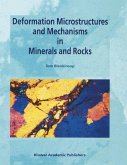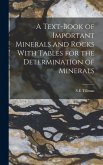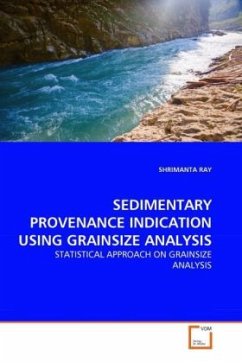Elastic anisotropy is one of the most interesting
forms of matter organization that has not received
sufficient study yet. The elaboration of a simple
method for the study of elastic anisotropy of solid
media and in particular minerals and rocks is in
large demand. In this book the fundamentals and
practice of a new method acoustopolariscopy are
given. The transducers for radiating and receiving
longitudinal and shear waves, their developing and
testing are depicted. Acoustopolariscopes of three
modifications are described. The theory, elaborated
devices and methods are necessary and sufficient to
determine a full set of a solid anisotropic body s
elasticity constants. Main attention is placed upon
practical measurements of anisotropic media
properties. The concluding sections are dedicated to
the experimental study of elastic anisotropy of rock
forming minerals and rocks from the Kola superdeep
(12261 m depth) and Ural (6010 m depth) boreholes.
The book can be useful for specialists investigating
and testing anisotropic solid media, such as rocks,
crystals, concrete, ceramics, plastic, metals,
composite materials etc.
forms of matter organization that has not received
sufficient study yet. The elaboration of a simple
method for the study of elastic anisotropy of solid
media and in particular minerals and rocks is in
large demand. In this book the fundamentals and
practice of a new method acoustopolariscopy are
given. The transducers for radiating and receiving
longitudinal and shear waves, their developing and
testing are depicted. Acoustopolariscopes of three
modifications are described. The theory, elaborated
devices and methods are necessary and sufficient to
determine a full set of a solid anisotropic body s
elasticity constants. Main attention is placed upon
practical measurements of anisotropic media
properties. The concluding sections are dedicated to
the experimental study of elastic anisotropy of rock
forming minerals and rocks from the Kola superdeep
(12261 m depth) and Ural (6010 m depth) boreholes.
The book can be useful for specialists investigating
and testing anisotropic solid media, such as rocks,
crystals, concrete, ceramics, plastic, metals,
composite materials etc.








